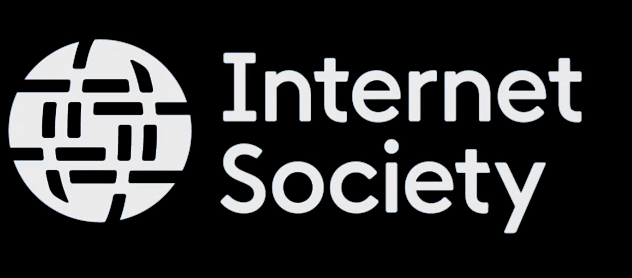Derek Curry

Derek Curry's artistic practice engages questions of agency and knowledge production through a variety of mediums from video games and data analytics, to participatory performance and sculptural data visualizations, and his research focuses on algorithmic modes of control, particularly in the electronic stock exchanges. Curry is currently a PhD candidate at SUNY Buffalo in Media Study. He earned his MFA in New Genres from UCLA's Department of Art in 2010 and has participated in numerous international exhibitions and conferences, including the New Media Gallery in Zadar, the AC Institute in New York, the Science Gallery in Dublin, Critical Finance Studies in Amsterdam, and the International Symposium on Electronic Art in Vancouver.
Presenting
Public Dissentiment
I will discuss the process of making Public Dissentiment, an online tool that helps protestors negatively impact the price of a publicly traded stock by using the same sentiment analysis tools used by stock trading algorithms. In the contemporary stock markets, high frequency trading bots that continuously buy and sell stocks have replaced human market makers. These bots provide the market with liquidity by being ready to take the buy or sell end of a stock trade most of the time. This organization of the market has been standardized by SEC Regulation NMS. However, high frequency trading algorithms are also aggregating and reading news stories and social media posts at lightning speed, and when uncertainty is detected in a market, they will pull out of the market causing a stock, or group of stocks, to drop rapidly in value. An extreme example of this is when the Twitter account for the Associated Press was hacked in April of 2013—a tweet stating that a bomb had exploded in the White House caused the S&P to drop $136 billion before rebounding.
The Public Dissentiment app helps protestors generate social media posts about targeted companies that financial sentiment analysis algorithms will believe to be exceptionally bad. When the app is used by a large group or swarm, the price of the company’s stock will temporarily drop, allowing the protestors to make the shareholders aware of the public’s negative sentiment towards their company.
In the talk, I will discuss my research into the networked market structure and financial sentiment analysis that led me to create Public Dissentiment. I will then give a short demonstration of the application. If the audience is inclined to participate with their own devices, it may be possible to have a flash online protest at the conclusion of the talk.



